Game description:
Unolingo Too is an experimental language-learning horror game created by T3rrifk. In this short interactive experience, players attend five unusual “lessons” set in a dark and surreal school environment. The game blends simple vocabulary exercises with sudden shifts in tone, turning a classroom into a space of tension and unpredictability. Players must complete language tasks while avoiding punishment from Uno, a mascot-like figure that appears when errors are made. The concept transforms learning into a challenge of both memory and composure.
Setting and learning structure
The game is presented as a sequence of language lessons, each located in a different part of a shadowy school. Players walk through dim corridors, interact with lesson boards, and solve translation-based puzzles to advance. Each lesson focuses on a different language—Spanish, Japanese, French, or German—and includes brief segments that test understanding of basic words or grammar. Unlike traditional educational games, Unolingo Too creates pressure by tying success to survival. Incorrect answers can trigger chase sequences or force the player to restart.
Gameplay functions and interactive elements
Unolingo Too includes core mechanics that combine educational tasks with light survival elements:
· First-person navigation through classrooms and halls
· Interaction with vocabulary panels and language prompts
· Language-based puzzles with direct consequences for mistakes
· Voice-acted dialogue from in-game characters
· Unlockable secret ending after completing all five lessons
Each of these features contributes to the game’s unusual tone. While the learning component is straightforward, the looming threat of failure adds tension and keeps players alert. The inclusion of voice lines and scripted events gives each lesson its own personality and pacing.
Audio, pacing, and presentation
The game’s audio design plays a key role in building atmosphere. Voices from the teacher and hall monitor characters are used to guide the player, correct mistakes, or initiate threats. The visual style is intentionally simple, with low-lit hallways and lesson boards placed throughout the space. Movement is smooth and responsive, with sprinting used during chase sequences. The horror elements are brief but effective, offering a contrast to the slower pace of the educational segments. A recent update adjusted sound levels and improved how chase triggers behave.








































































































































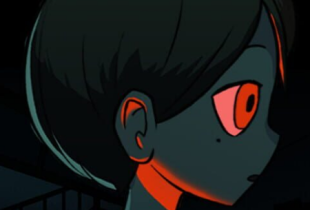
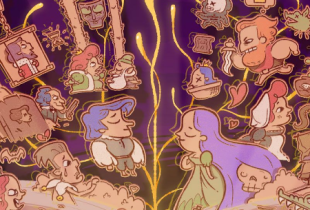
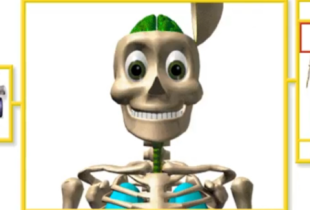
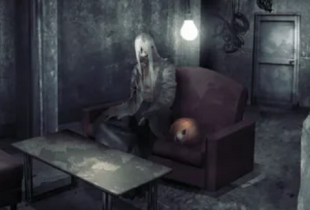

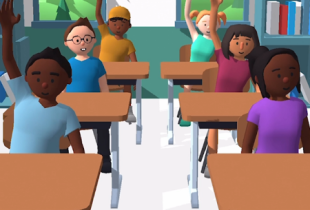
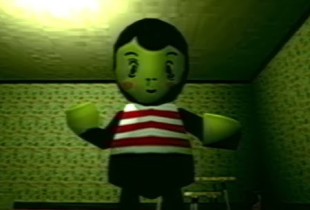
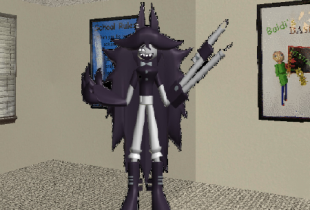
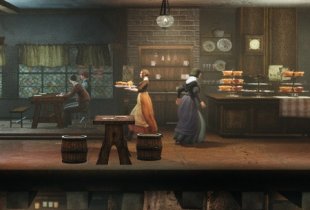
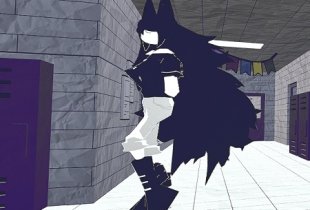




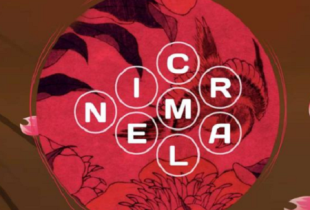
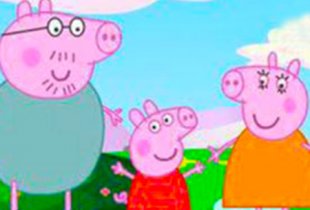
Comments